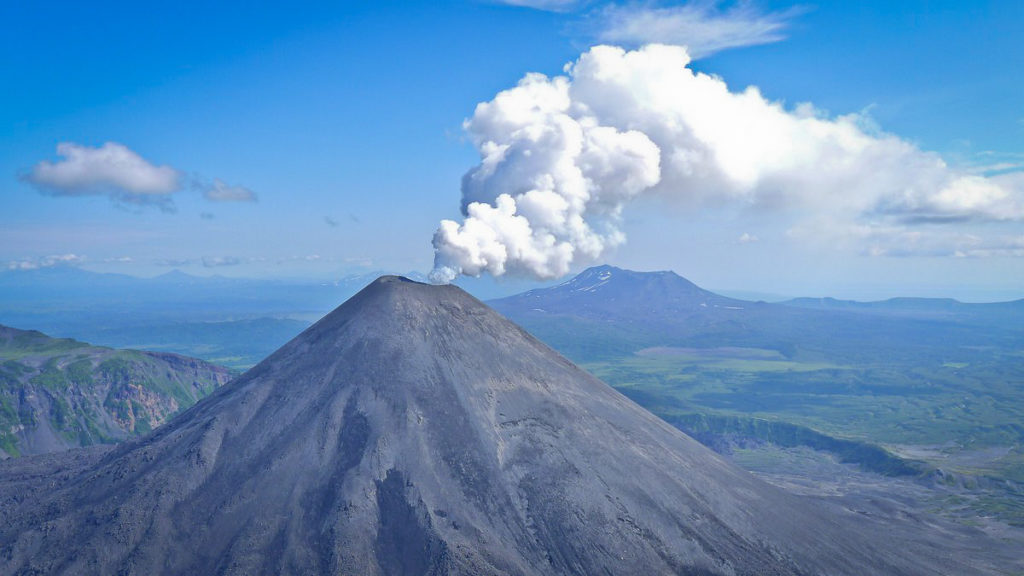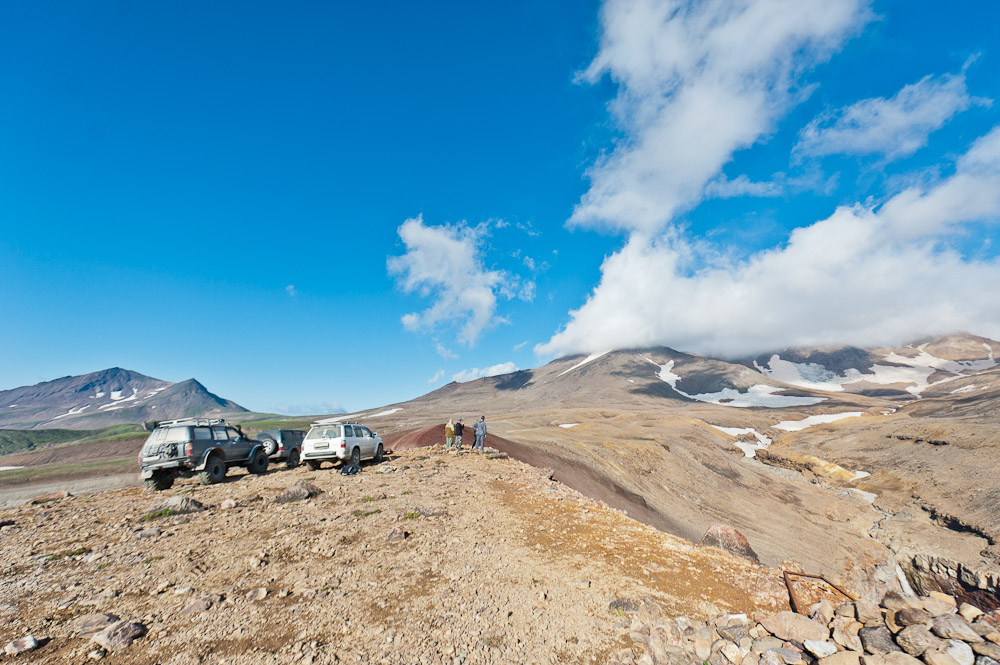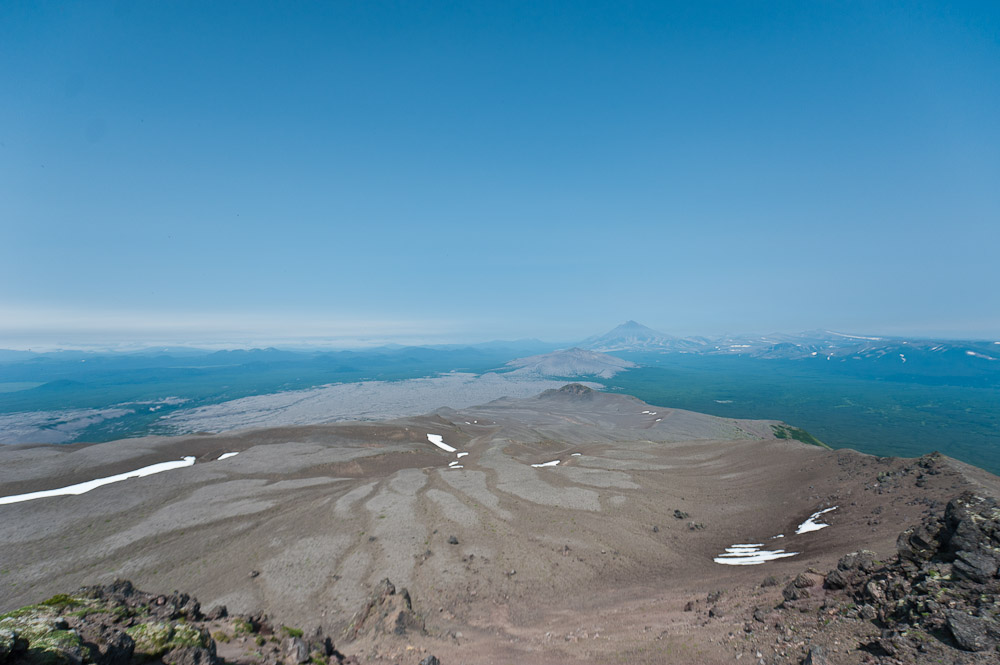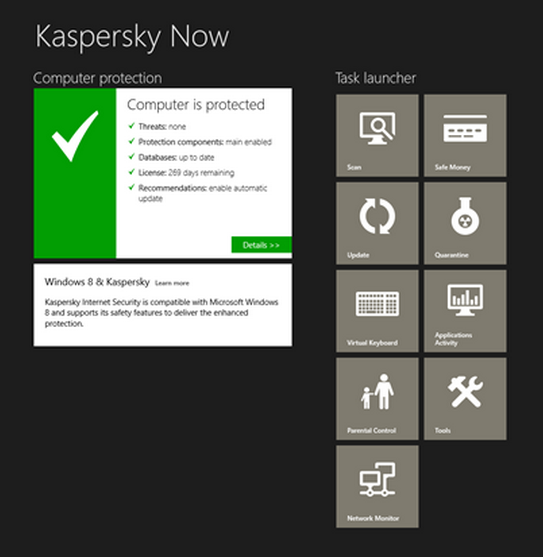Prologue
The history of social networks is pretty much like Star Wars. Really! Social networks started out obscure and mysterious, with folks saying, “There’s this new type of site, with enormous capabilities and hidden business opportunities, which no one can estimate at present, but in the future will truly make all people truly connected, free and equal!” It’s pure Eastern-spirituality-influenced George Lucas – about “bringing balance to the Force.” And so it came to pass – social networks became a perfect communication ground for all – ordinary folks, companies, and the media.
Of course, with such a boring script you’re hardly going to get a blockbuster movie :-). Let’s face it, you can’t have folks living happily ever after (and all with equal rights, opportunities, etc., etc.) at the start of a film, can you?! The story needs an insidious infernal plan pursued by dark forces to arise. And – voila! – that’s what we got. Social networks became the medium of choice for games played by the world’s intelligence services and manipulation of public opinion – about which I’ve written and talked plenty before.
So, Star Wars: A New Hope has finished. The next chapter has begun:
The Empire Strikes Back
“Forming public opinion” via social networks has for several years already been practiced rather successfully by governments of many countries, no matter their political traditions or leanings. With so much open and free (no cost) information on the surface – no digging necessary – folks themselves tell all about their news, interesting information, whereabouts, lists of colleagues, friends and professional contacts. And the bizarre thing is that anyone who can access that data – private individuals, companies, criminals, members of a cross-stich embroidery group… (you get the point). The data lies about on the surface and people continue (despite warnings) to put more and more such data on the Internet. But with the many APIs crisscrossing social networks acting as mutagens that speed up the evolution, information uploaded one day on just one network is the next day forever (literally: eternally) indexed in search engines.
At the same time the intelligence services have happily joined social networks – becoming “users” themselves – but with their own agenda, naturally. For ordinary folks social networks are mostly a source of reading matter; for companies they’re a source of – or tool for – sales and marketing; but for intelligence services social networks represent a vital means for protecting state interests, and can also be used as weapons against potential opponents.
More: The vicious circle and Return of the Jedi …
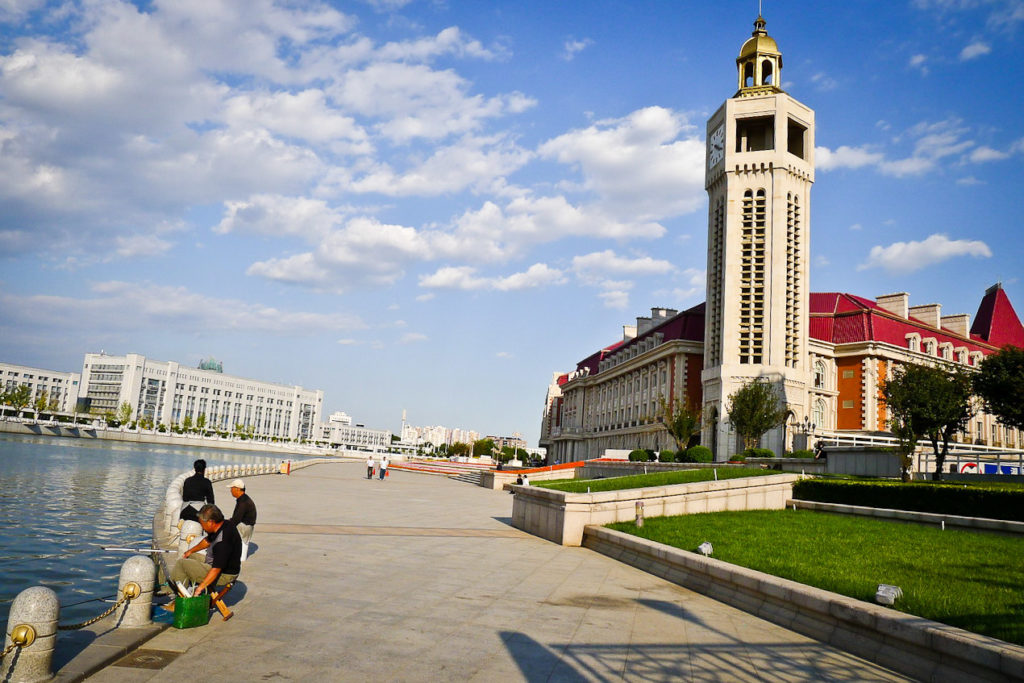
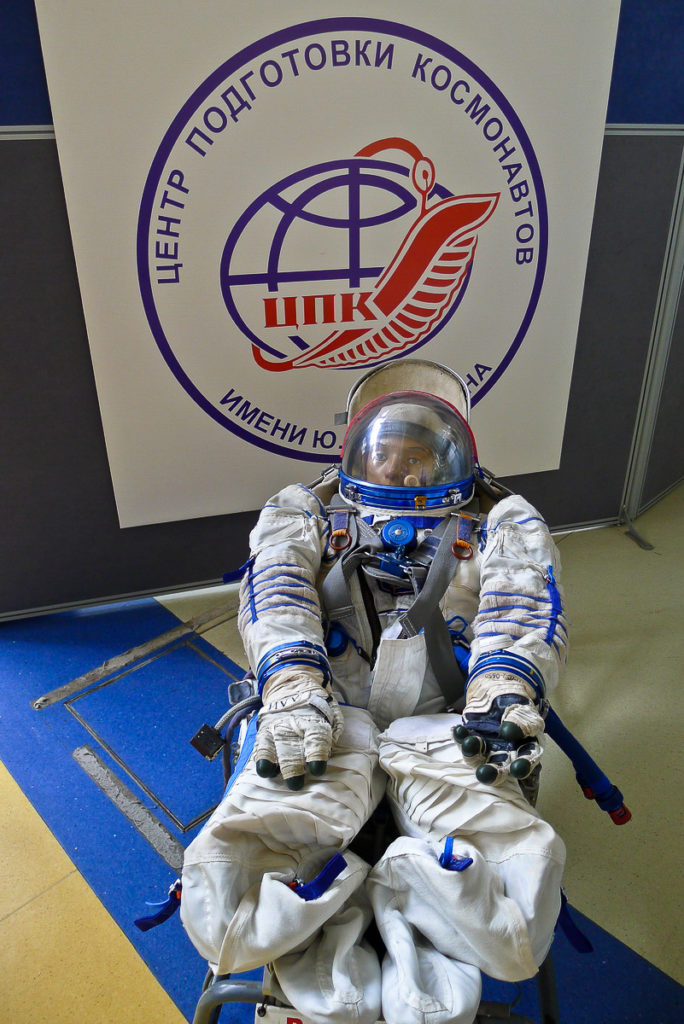




![YOU CAN NEVER GET TOO MANY AWARDS. SEE 1ST COMMENT FOR ENGLISH ⏩
"А из нашего окна страна Австрия видна!" - практически (с). Но в этих австриях я был не смотреть из окна, а по многочисленным деловым делам, первое из которых - лично получить несколько важных наград и множество сертификатов от независимой тестовой лаборатории AV-Comparatives.
Это далеко не первая наша награда. Скажу больше - на протяжении последних десяти лет по результатам независимых тестов к нам даже близко ни один конкурент не подобрался. Но почему тогда такое внимание конкретно к этой победе? Ответ простой: густопопсовый геополитизм. В наше весьма геополитически [очень мягко говоря] непростое время... Ну, если отбросить все казённые слова, то будет, как в известном анекдоте про поручика Ржевского. В той самой истории, когда ему указали повторить свою фразу без матерщины. На что тот ответил: "Ну, в таком случае я просто молчал".
Так вот, в наше "поручико-ржевско-молчаливое время" участвовать и получить первые места в европейских тестах - это за пределами научной и ненаучной фантастики. Что в целом совпадает с одной из основных парадигм моей жизни: "Мы делаем невозможное. Возможное сделают и без нас" (с). Большими трудами и непомерными усилиями - да! Это можно! Мы заделали такие продукты, такие технологии, такую компанию - что даже в непростое время нас и в Европах знают, уважают, любят и пользуются. Ура!](https://scontent-iad3-2.cdninstagram.com/v/t51.29350-15/430076034_1096357205018744_692310533755868388_n.heic?stp=dst-jpg&_nc_cat=103&ccb=1-7&_nc_sid=18de74&_nc_ohc=XLII-tX29aoAX80SM4u&_nc_ht=scontent-iad3-2.cdninstagram.com&edm=ANo9K5cEAAAA&oh=00_AfBINCtkZ3-r_aTvdSC36JELI05V6PuBnMWs672PK3GsBQ&oe=65E63D48)



